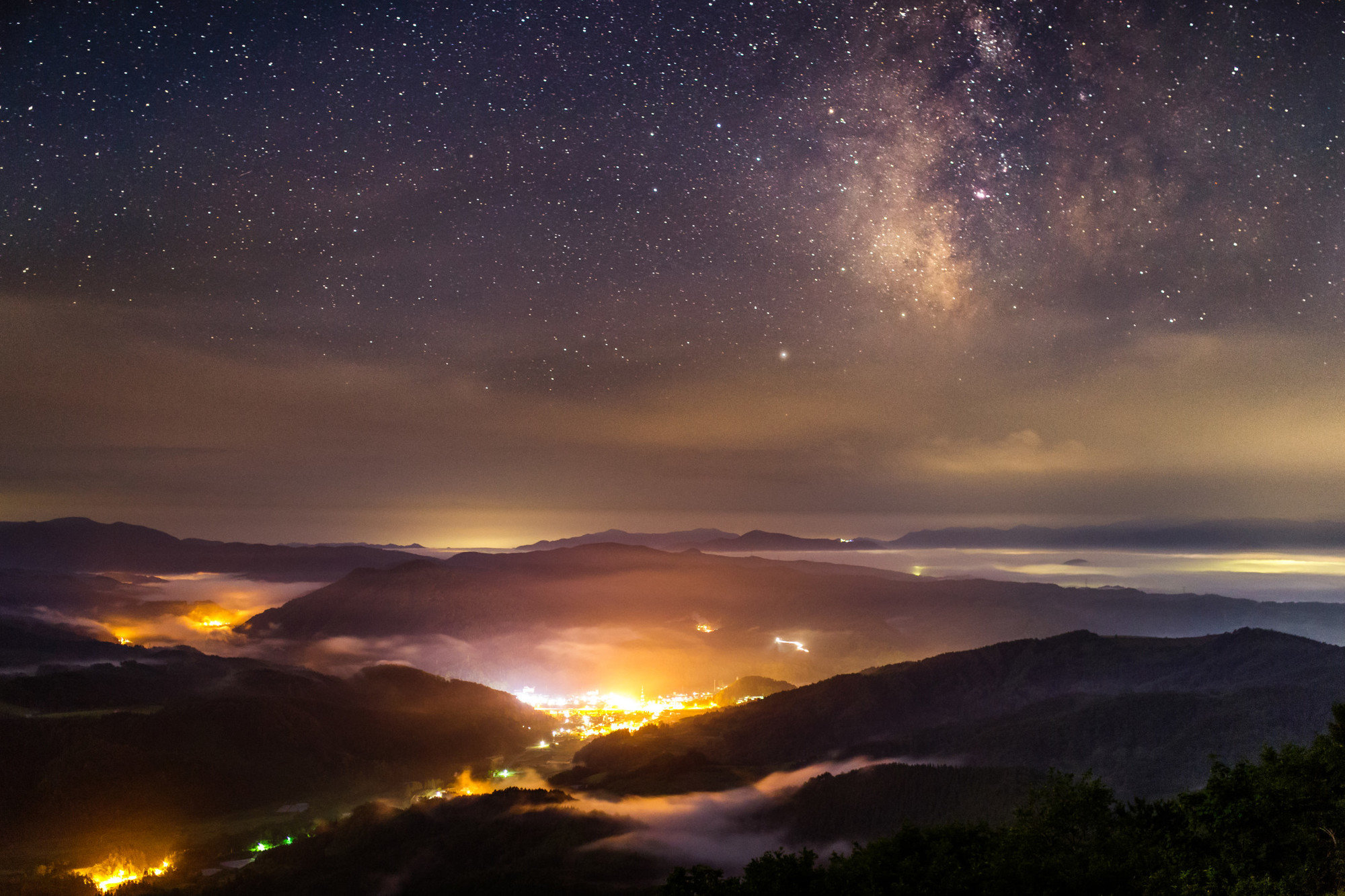
As excitement builds over the coming autumnal equinox, which will occur for North Americans the evening of September 23, it's a good time to learn about this and other kinds of celestial events. After all, looking up at the sky is something humans have done since forever — and with good reason. In some pagan mythology, this equinox is called Mabon, or the second harvest. Some traditional rituals around this are built around giving thanks for the bounty of the summer and preparing for the coming winter. It's also often tied to the Bavarian celebration of Oktoberfest, and the Harvest Moon festival of China. In ancient Ireland, the fall festival was celebrated on the equinox, and in ancient Britain, we believe structures like Stonehenge were created in celebration of the solstices and the equinoxes, because of the way they interact with the sun on those days.
When it comes to the equinox, read on to find out what's actually going on with the Earth's position that it creates such a beautiful moment — and some upcoming dates to keep in mind. But this is a great opportunity to take a moment to learn more about space, the stars, and our place in the solar system, as well — and pass along some of those learning to our kids, too. One great starting place is 16 Things Everyone Gets Wrong About Space, which helped us learn (and unlearn!) a lot of stuff that was taught to us in middle school science, but which we forgot (or that it turns out was actually wrong!). Get the kids in on the game by introducing them to this: Space Mission Lets Kids Take Photos of Earth from Outer Space, which has to be one of the coolest ideas for making space genuinely interactive for children basically ever. Then anyone who's feeling inspired by this equinox and is thinking about another kiddo (or who has one on the way already) should take a peek at baby names inspired by space and baby names inspired by the moon — they're beautiful.
Spring Equinox

The next spring, or vernal, equinox, will be March 19, 2020, at 11:50 p.m. Eastern time. The day (and time!) marks the beginning of spring. It is one of two days each year when the sun passes directly over the equator, and has often been linked to the start of a new year in many cultures.
Fall Equinox

In 2019, the autumnal equinox occurs in North American at 3:50 a.m. Eastern time, on September 23. Equinox comes from the Latin words meaning "equal" and "night," and it is assumed that on the day of an equinox, day and night are exactly 12 hours. This isn't quite true, since sunrise and sunset have varying definitions and also because the sun isn't a light switch. That said, if two observers were the same distance away from the equator — one north and one south — they would experience nights of equal length. Either way, time to welcome in fall.
Winter Solstice
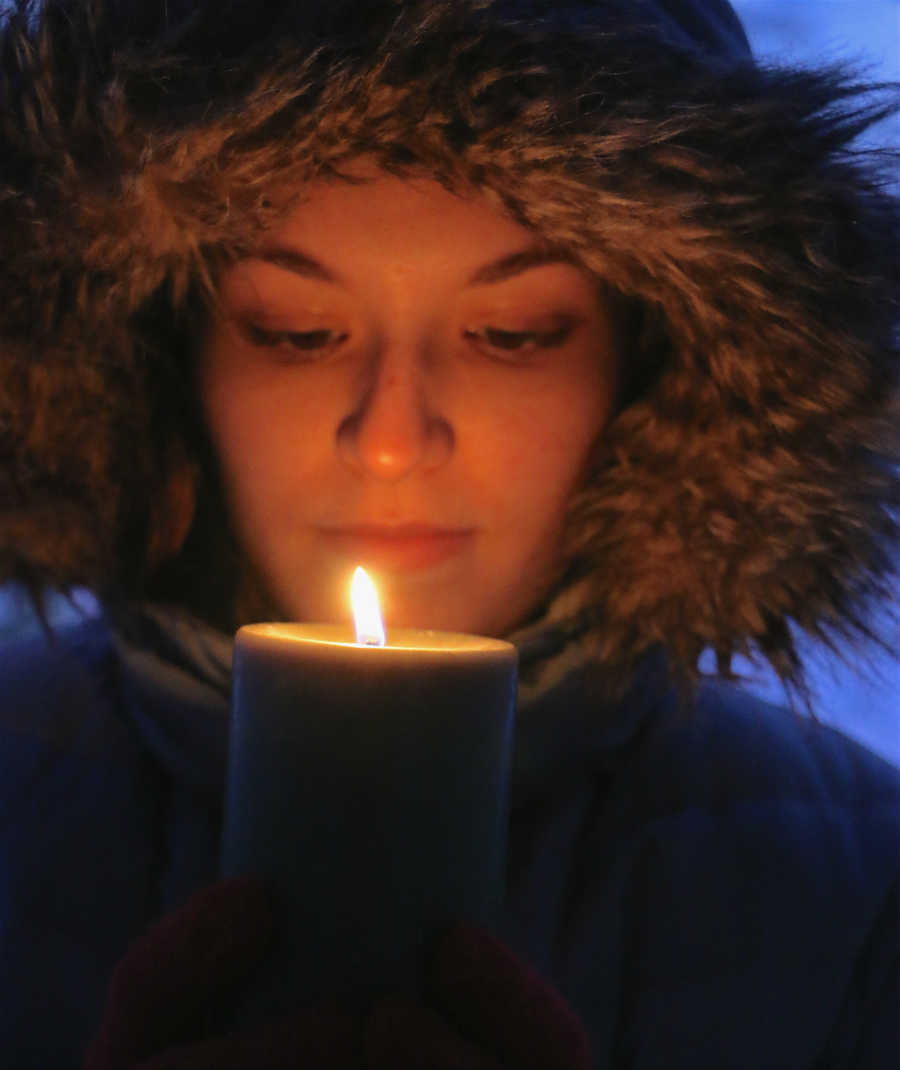
December's winter solstice occurs when the sun reaches its southernmost point in the sky. With it, comes the shortest day of the year and the longest night in the northern hemisphere. It also marks the beginning of winter. This year, the winter solstice begins 11:19 p.m. Eastern time on December 21.
Summer Solstice

In contrast, the summer solstice in June marks the longest day of the year in the northern hemisphere, when the sun reaches its highest point in the sky. It's also the beginning of summer. The next summer solstice will be June 20, 2020 at 5:44 p.m.
New Moon

More frequent than the equinoxes or solstices are the different phases of the moon, and they're easily observable for most people in the world, no matter how much light pollution, air pollution, or cloud cover they live with. A new moon is the first lunar phase, and it is the one time none of the moon is visible. This happens when the moon and sun have the same ecliptic longitude, meaning the sun and Earth sit exactly opposite sides of the moon. Because the moon doesn't radiate its own light (what we see of the moon is light from the sun), none of the moon is visible to the naked eye.
Full Moon
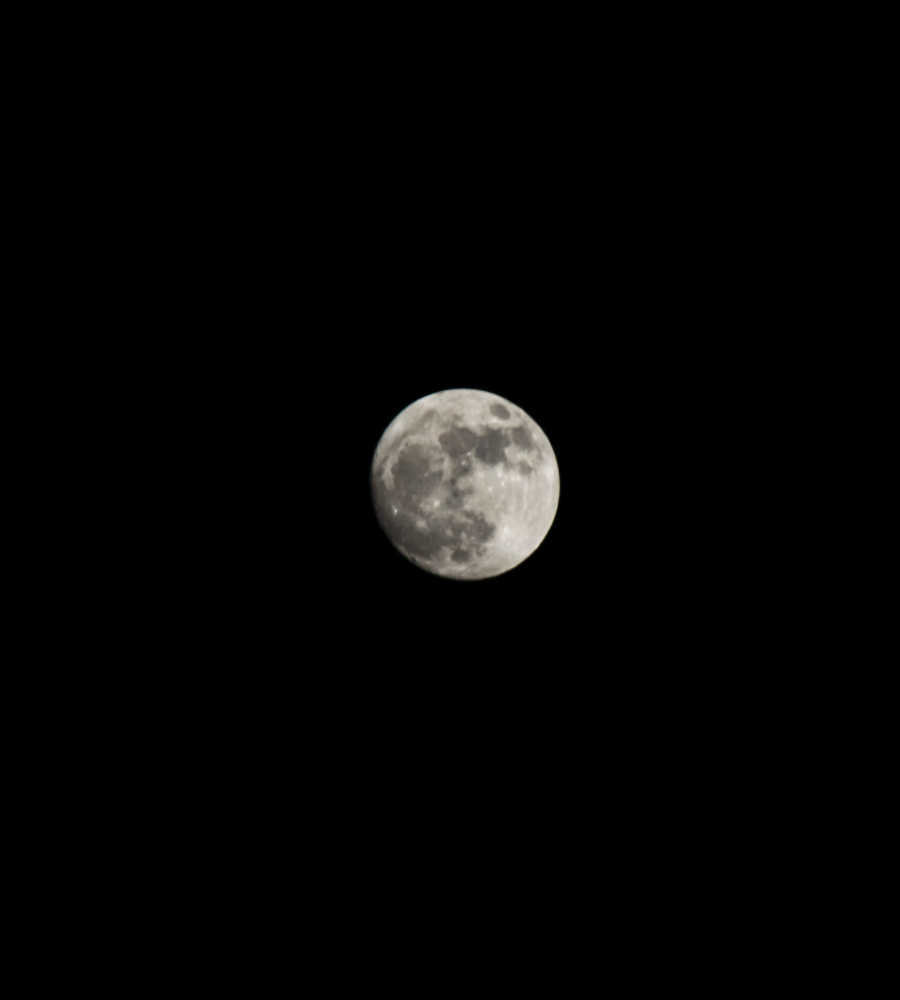
In contrast to a new moon, a full moon is fully visible. This occurs when the Earth is between the sun and the moon, and everything is lined up perfectly. A full moon is the third of four lunar phases, the other being new, first quarter, and third-quarter moon phases.
Harvest Moon
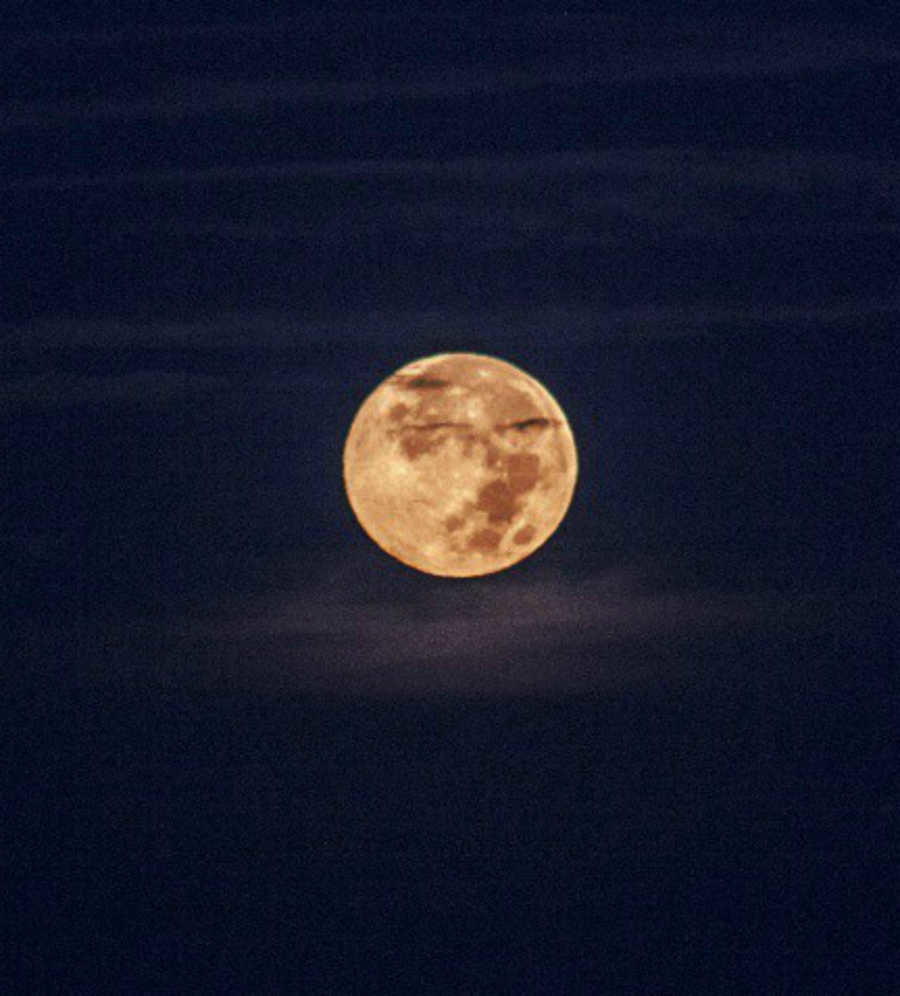
A harvest moon is the first full moon that is closest to the fall equinox. This year, North Americans could see one on September 14. Harvest moons cast a lot of light, which was historically helpful to farmers with their fall crops.
Supermoon

A supermoon is also a full moon. But it occurs when a full moon coincides with the moon's closest approach to Earth. The effects of a supermoon are said to be difficult to spot with the naked eye, though the moon will appear 30 percent brighter and 14 percent larger when it meets the supermoon criteria.
Blue Moon
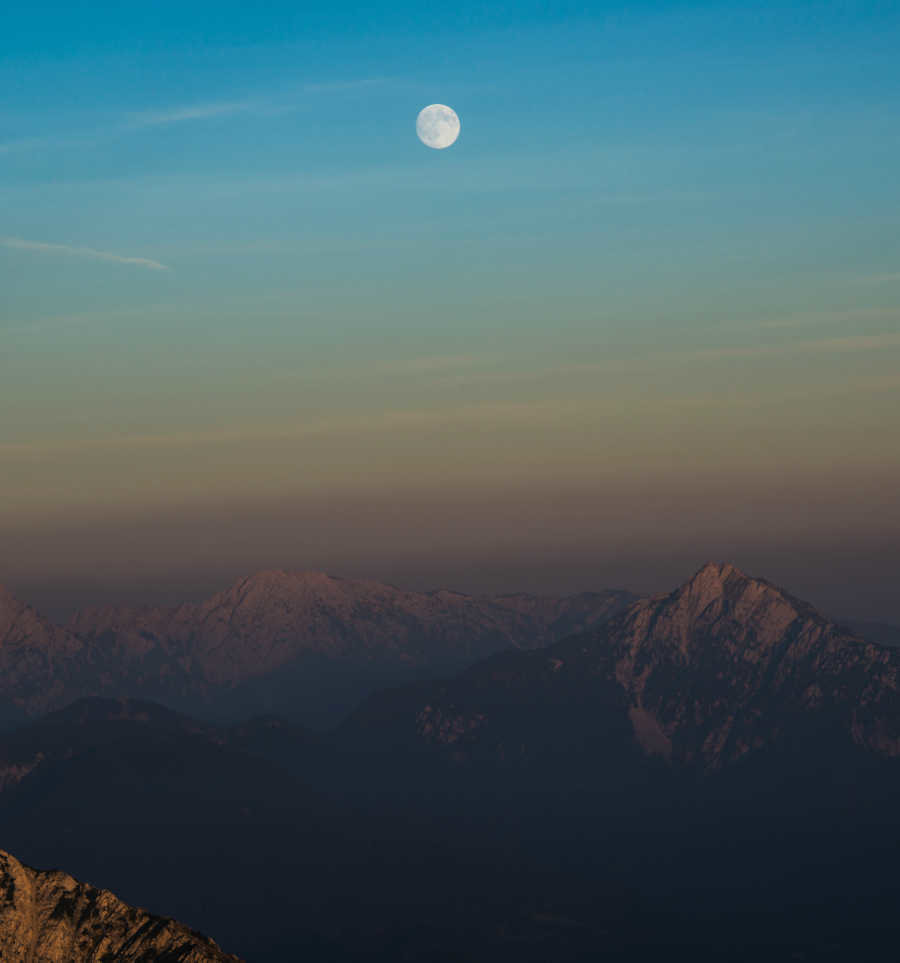
Blue moons are rare (we've all heard the phrase "once in a blue moon!") and are what we now call the second full moon in a calendar month. The term was used, however, to describe the infrequent appearance of a third full moon in a season that has four full moons. According to NASA, a seasonal blue moon of this sort happens every 2 1/2 years. A blue moon can occur because there are around 29.5 days between full moons, meaning it's unusual (but not impossible) to have two full moons in a 30- or 31-day month. By this definition, it also means a blue moon won't happen in February.
Gibbous Moon

There are eight major phases of the moon, each with its own name and definition. They're fun to learn and apply when looking up at the night sky. For example, there's the waxing or waning gibbous moon, which is when more than half of the moon is illuminated. It's a waxing gibbous moon if the illuminated surface of the moon gets bigger over the next days and waning when the illuminated surface is decreasing each night.
Meteor Showers
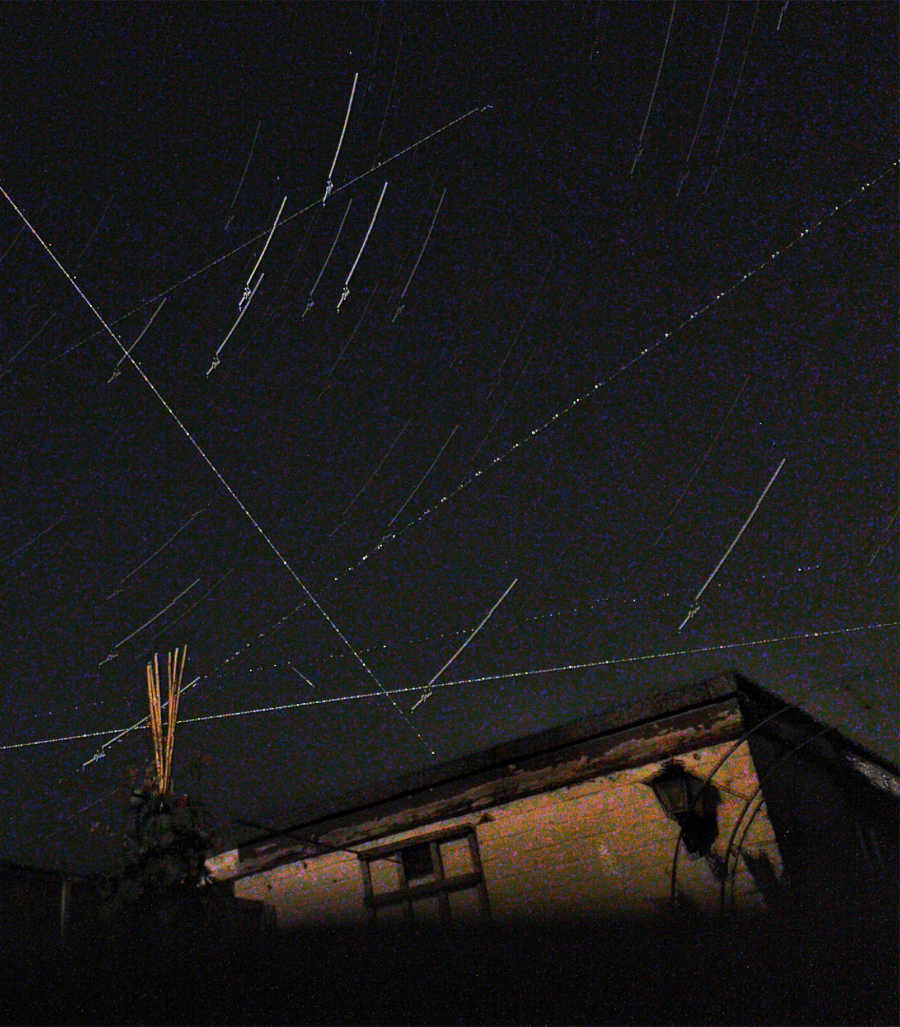
Meteors are space rocks that enter the Earth's atmosphere. As they break through at high speeds, the drag creates friction and heat, and it illuminates the trails they leave behind — so much so that they mostly burn up before they can reach the Earth's surface. It's possible to watch a meteor shower most months, though some years visibility is better than others.
Uranus at Opposition

When planets are said to be "at opposition," it simply means that their orbit around the sun and the Earth's orbit around the sun are timed so that the planet at opposition is directly between the sun and the Earth. What this means for us on the ground is that it presents a great time to see the planet.
Conjunction of Venus & Jupiter
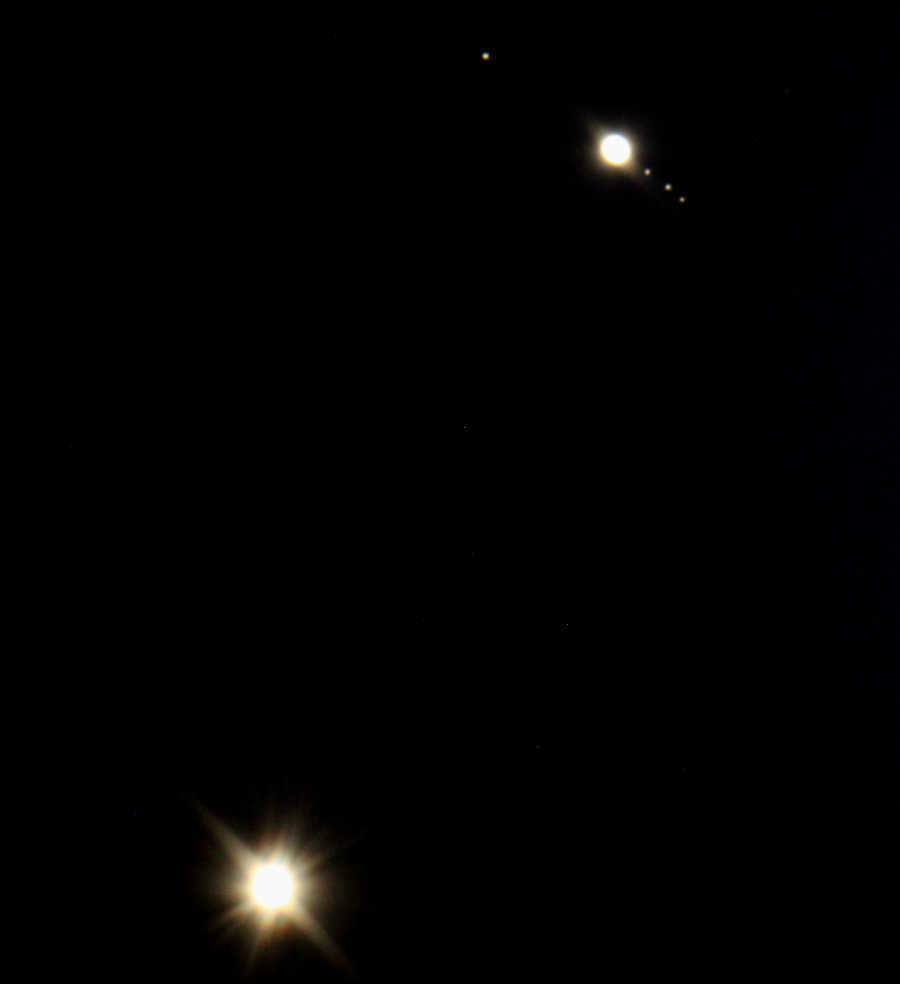
When planets are in conjunction, it means that they share the same east-west longitude. This makes them appear to be rising at the same time and appear close together. Typically, the conjunction of Venus and Jupiter happens once a year — but in 2019, it happens twice.
Solar Eclipse

Solar eclipses are the big daddy of celestial events, bringing out school children and everyday people to experience the phenomenon. In a solar eclipse, the moon appears to cross in front of the sun, partially blocking the sun's normal round radiant light from reaching certain areas of the Earth and darkening what we would expect to be full daylight. In a total eclipse, everything is lined up just right — the viewer, the moon, the sun — for full darkness for a few minutes.
Partial Solar Eclipse

Partial solar eclipses can be experienced more frequently, since only a small part of the sun needs to be blocked for the description to stick. These are also interesting phenomena to observe, since any shadows will also have the "bite" out of the sun that the moon creates.
Annular Solar Eclipse
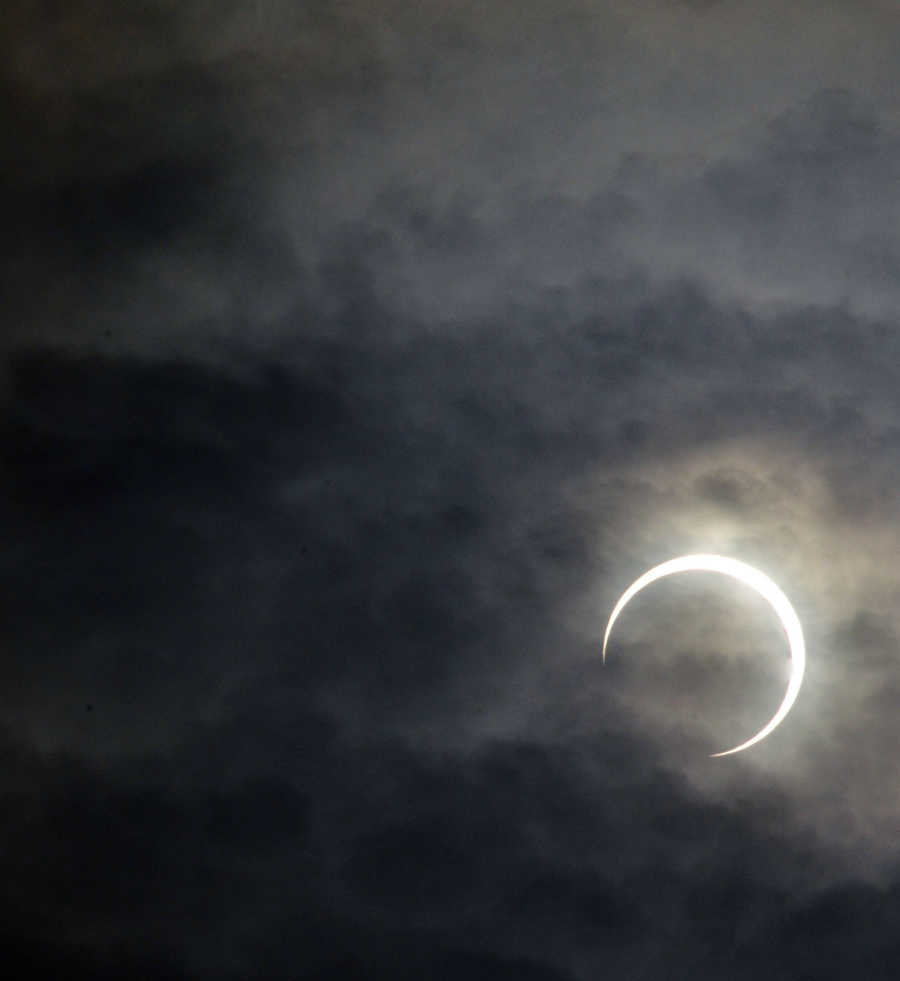
Annular solar eclipses, like total solar eclipses, occur when the moon passes between the Earth and the disk of the moon covers the sun. The difference is that the sun isn't fully covered by the moon and a perfectly round ring of light is visible around the black hole the moon creates in the sun.
Total Lunar Eclipse
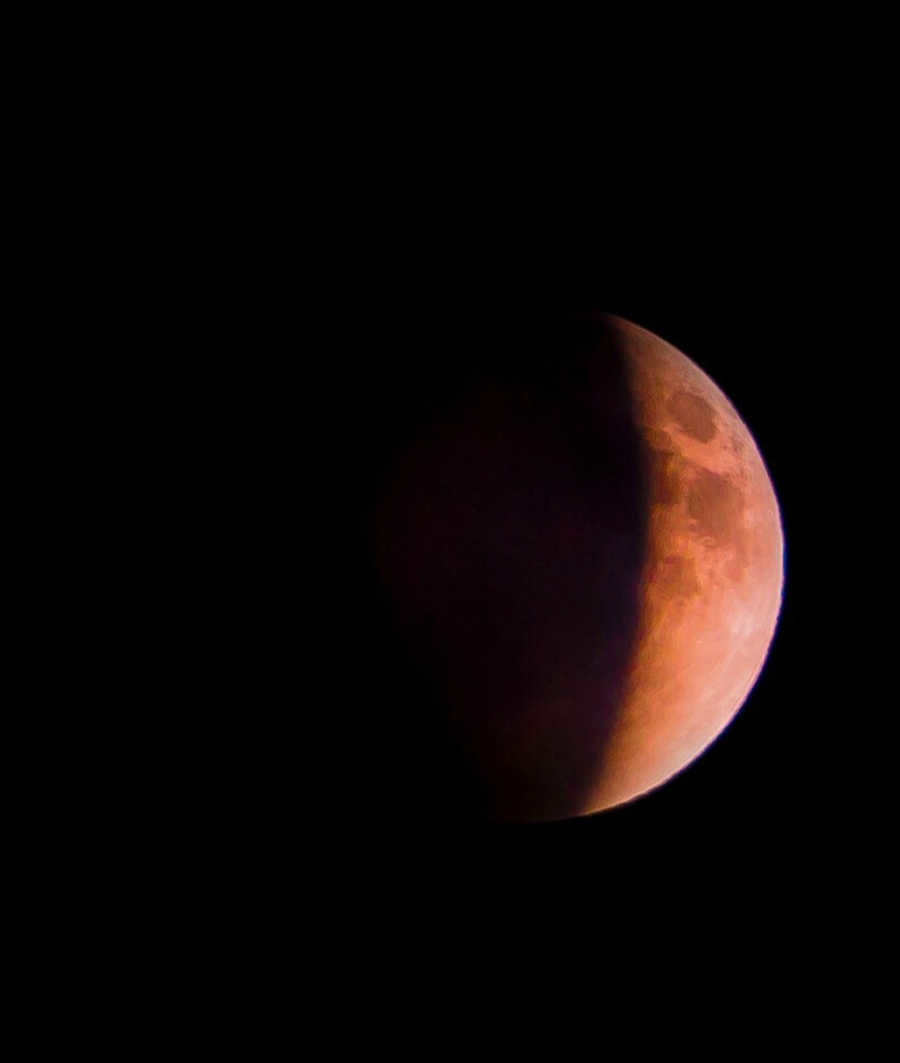
A lunar eclipse happens when the Earth's shadow blocks the sunlight which would have otherwise reflected off the moon. The Earth, during lunar eclipses, sits between the sun and the moon, which is how the planet creates a shadow on the moon. A total lunar eclipse visible in North and South America will occur on July 4, 2020.
Mercury in Transit
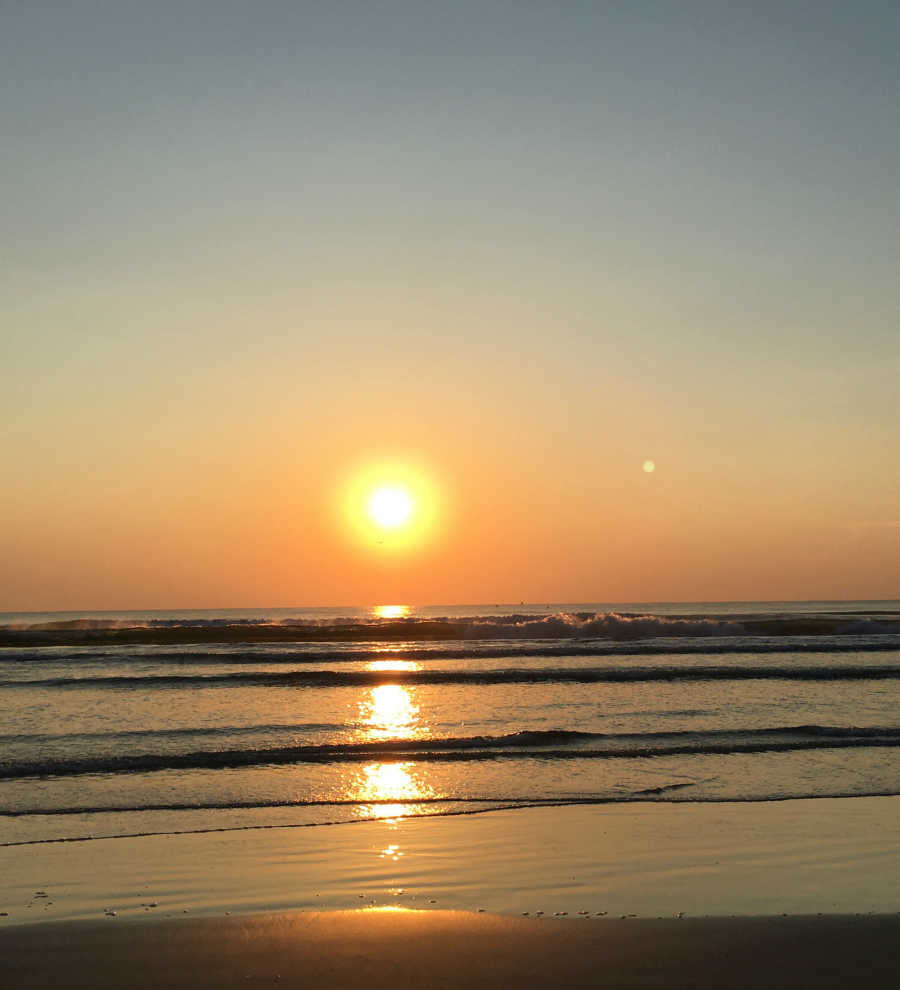
Mercury passes between Earth and the sun only 13 times a century. When this happens, it is said to be in transit across the sun. During transit, Mercury looks like a black dot against the sun. The next time will occur on November 11, 2019 — and the time after that won't be until 2032.
Short Period Comets
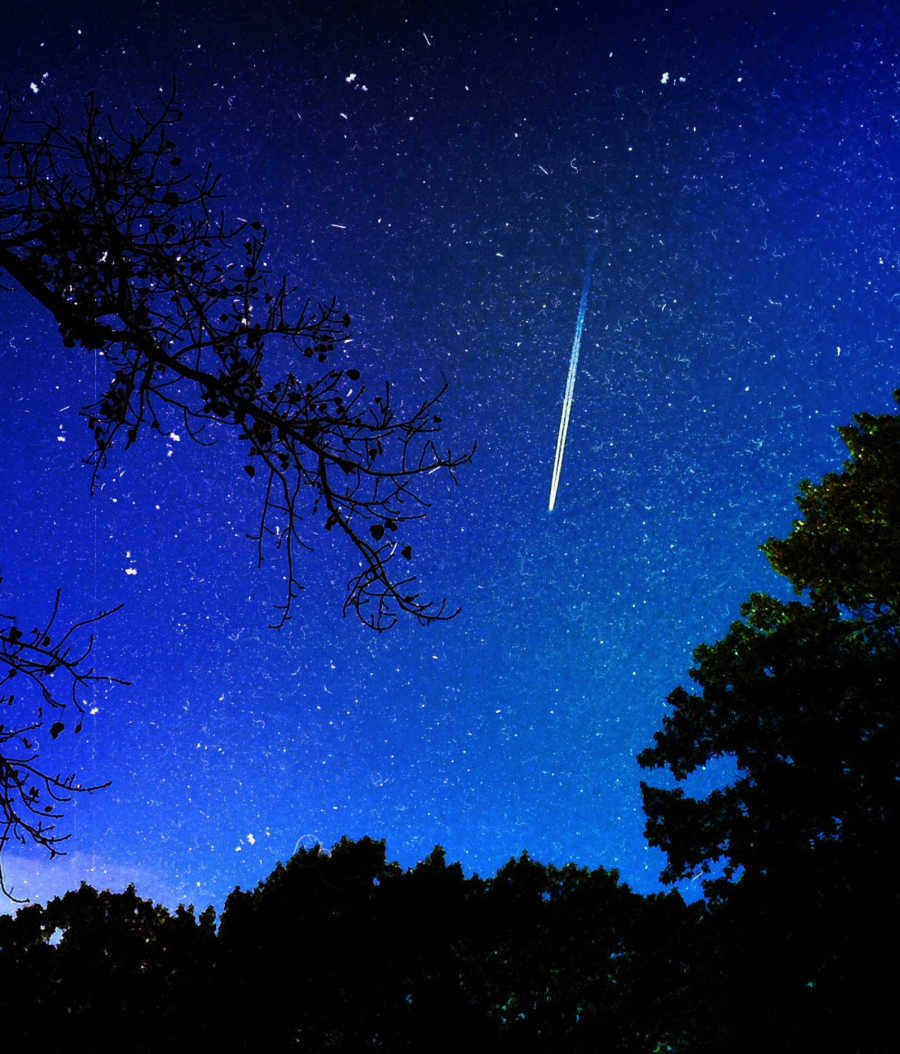
Short period comets have orbits of less than 200 years. These comets have been further divided into two other categories, one of which is the Jupiter family comets. These have orbits of less than 20 years and don't travel much beyond the planet Jupiter.
Halley-Type Comets
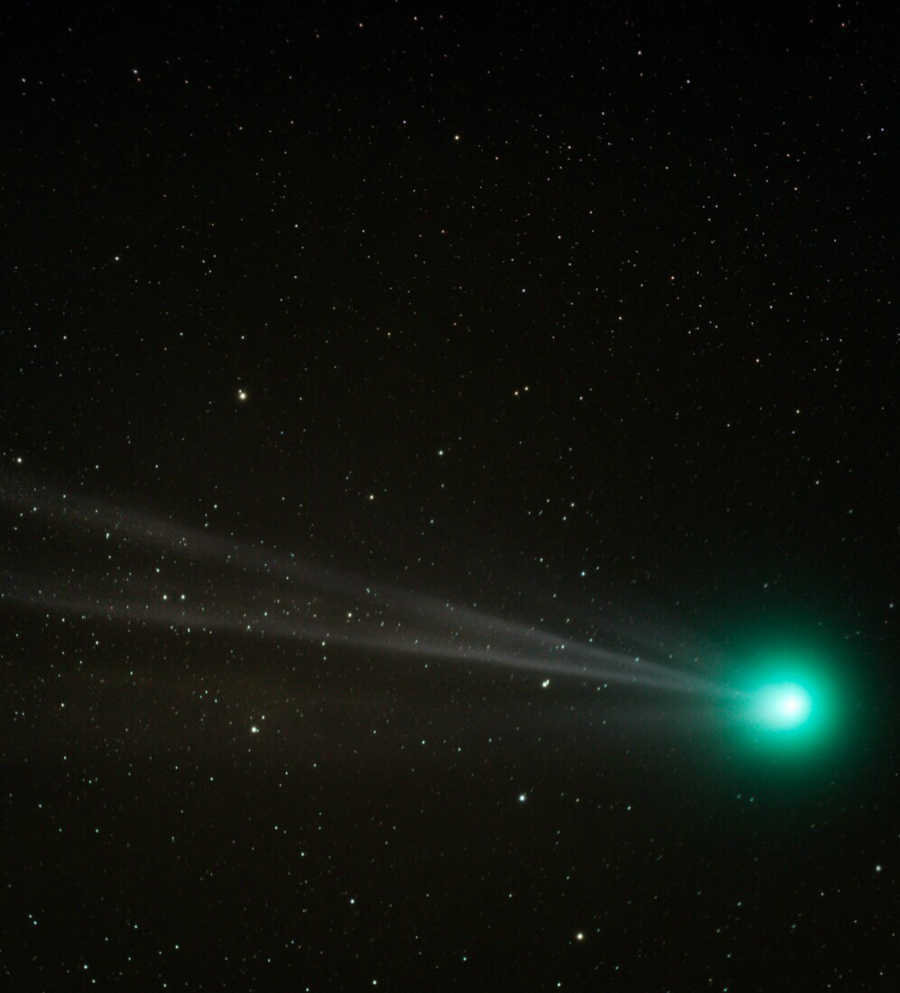
Halley-type comets are the other category of short-period comets. These have orbits of between 20 and 200 years and are highly inclined. A comet is inclined when it orbits the sun in an opposite sense to the other planets.



